Balance and Harmony with the Five Elements
The ancient practice of Feng Shui applies the energy of the five elements to bring balance and harmony into our homes and lives. The five elements: fire, earth, metal, water, and wood make up the natural world. Each element possesses an energetic vibration or qi. Qi, or chi, is the essential energy that makes up all things. It is life force energy.
Everyone is born with an energetic imprint of different amounts and variations of the five elements. These elements affect how you show up in the world, how you are affected by your environment, and your internal experience of life and relationships.
Element theory has been a part of Traditional Chinese Medicine (TCM) and Classical Feng Shui for hundreds of years. The interplay of the elements; what we eat, where we live, and even our mental and physical well-being, demonstrates the interconnectedness of the entire natural world.
To discover your personal element makeup, schedule a 4-Pillar Energy Chart (BaZi) reading for a full report and tools to create more balance in your home and life.
Feng Shui practitioners work to create balance and harmony drawing on the energy of the five elements. The balance, or imbalance of the elements, may help to explain why a space might feel calming or aggravating, invigorating or soothing, or when a place just feels “off.” Much like acupuncture, Feng Shui balances the elements and helps to move qi in our lives and surroundings.
Each element, as depicted on the element wheel below, controls, or is controlled by, other elements. It is a system of balance. When an imbalance occurs, Feng Shui can help restore balance.
“Qi, or chi, can be thought of as an energetic personality. A rock, the trees in the forest, and the tiniest sea creatures all contain qi. ”
Why are the elements important?
Each element has a specific energy it brings forth. The elements also interact with each other to create different combinations and energy signatures.
Elements are associated with colors, textures, symbology, and emotions.
Each element has both a yin and yang aspect.
We can activate or tone down the elements in our home, office, or business to bring the balance and harmony of the natural world into the spaces we occupy.
The element wheel is a helpful tool. The graphic above depicts the generative cycle of energy and moves in a clockwise fashion. Each preceding element nourishes or feeds the element that follows. Conversely, if you move counter-clockwise around the wheel, the degenerative cycle would be demonstrated. Each preceding element reduces the one that follows.
The Five Elements: Overview
Fire
Transformation, joy, change, reputation, anxiety, passion
The energy of the phoenix rising and melting away of old paradigms.
Red, orange, hot pink, or hot purple
Hearth and home, warm and cozy or hot and passionate
Zig zag shapes or prints, triangles
South Sector
Earth
Grounded, stable, nurturing, home
The energy of safety, stability, and maternal love.
Brown, yellow, and neutral tones
Mountains, sand, soil, rocks, terra cotta pots, clay
Circle shapes or prints, Earth or mountain imagery
The Center (of the Feng Shui Compass)
Metal
Cool and collected, calculated, focused, organized, and strategic
Metallic colors, gray, and white, iridescent
Rigid and militant or a quiet calendar reminder on your phone.
Mirrors, clocks, metal decor, calendars
Northwest and West
Water
Emotions, healing, deep thinking, philosophy, communication
Moves us from one place to another.
Blue or Black
Turbulent as a storm on the ocean or as soft as a warm bath.
Shapeshifter, fountains, water, or wave imagery
North
Wood
Creativity, family, community, the future, wind, our roots, structure, and ancestry
Feels alive and generative. Wood is the energy of the forest and of a warm veggie soup.
Green or purple
Plant/tree imagery, columns, stripes, flowers
East and Southeast


